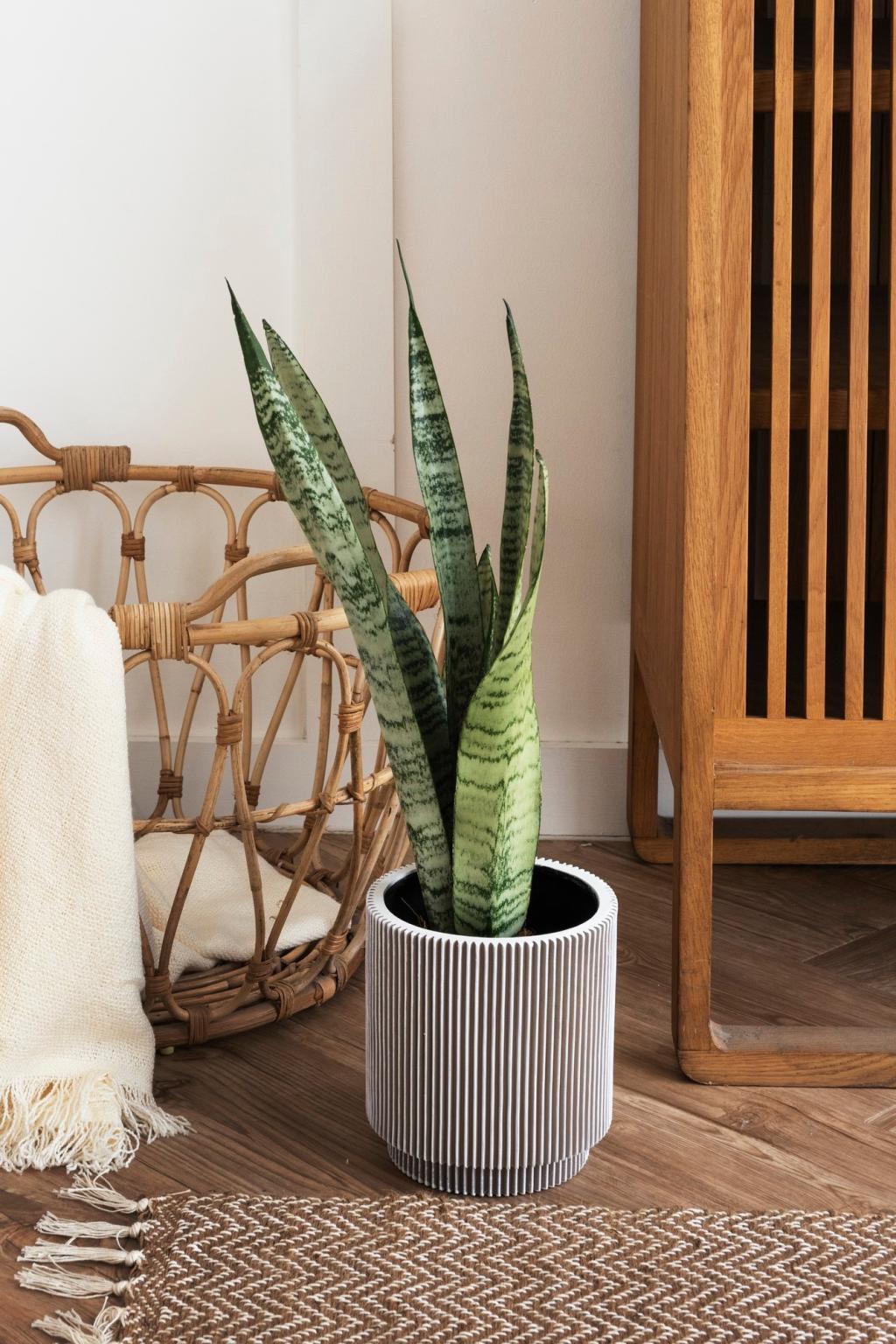Biodegradable design elements represent a forward-thinking approach in product development, architecture, and packaging that prioritizes environmental sustainability. By consciously selecting materials and methods that naturally decompose without leaving harmful residues, designers contribute to reducing landfill waste, pollution, and resource consumption. This holistic mindset not only benefits the planet but also appeals to increasingly eco-aware consumers, driving innovation and ethical responsibility in every industry. As the demand for green solutions grows, the integration of biodegradable elements becomes an essential strategy for those wishing to lead in sustainability.
Material Selection for Sustainability
Plant-Based Polymers
Plant-based polymers, such as polylactic acid (PLA) and polyhydroxyalkanoates (PHA), serve as alternatives to petroleum-based plastics in many applications. These materials derive from renewable sources like corn starch or sugarcane, offering biodegradability under industrial composting conditions. While challenges remain in widespread adoption, advances in performance and cost competitiveness are rendering these materials highly attractive for packaging, textiles, and even 3D printing. Their versatility allows designers to maintain the look and feel of traditional plastics while fulfilling sustainability criteria, making them a significant step forward in responsible material selection.


Natural Fiber Composites
Natural fiber composites blend plant-derived fibers—such as jute, hemp, or flax—with biodegradable resins. The result is a lightweight yet sturdy material suited for furniture, automotive interiors, and construction components. These composites not only decompose more readily than synthetics but often boast reduced embodied energy throughout their lifecycle. Utilizing agricultural byproducts further adds value and supports local economies. The tactile warmth and unique appearances of natural fibers inject organic character into products, enhancing their aesthetic and environmental appeal while reducing reliance on finite resources.
Innovative Packaging Solutions
Compostable containers have redefined expectations for disposability in packaging. Made from biodegradable materials such as bagasse, starch blends, or mushroom mycelium, these containers return to the earth within months under composting conditions. Their utility extends from food service to retail, where they maintain rigidity and performance while circumventing the waste associated with conventional plastic. As access to commercial composting facilities expands, the adoption and visibility of compostable containers signify progress toward a circular economy that values regeneration over waste.
Previous
Next
Designing for disassembly ensures that products can be easily deconstructed at the end of their lives, allowing biodegradable components to be separated and properly processed. Modular construction facilitates replacement and repair, extending product lifespan and reducing overall consumption. By envisioning the entire product lifecycle, designers enable consumers to responsibly return materials to the earth through composting or natural breakdown. This mindset represents a holistic shift from linear to regenerative production models, elevating the sustainability standard in product creation.

